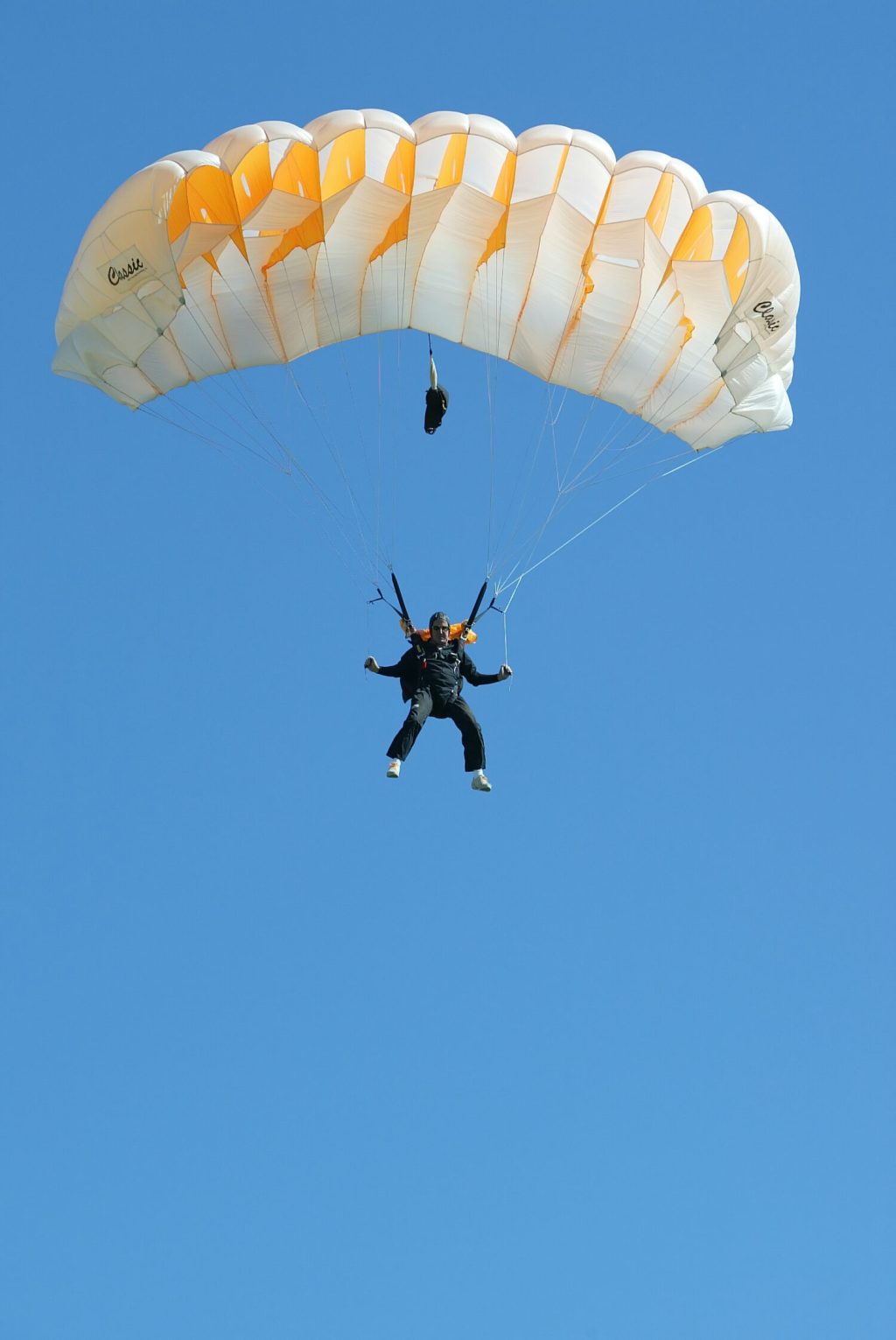
Giuseppe Arcimboldo [Public domain or Public domain], via Wikimedia Commons
“A DAM is an important ingredient to what constitutes a successful digital initiative.”
If your museum collection management system (CMS) offers DAM-like functions, do you still need a separate DAM system?
Every museum seeks to encourage learning while preserving their collection into the future. Curators set up exhibitions so the public can engage with expressions of ideas, identity, culture, etc. as they are represented by artifacts. A museum’s focus is access. DAM offers capabilities that tie into this goal. Depending on the needs of your institution, your CMS may meet your requirements. There are some museums who simply rely on file-naming conventions, hierarchical folder structures, and strict governance. Planning for a digital asset management system (DAMS) may be a wise for museums that continually have trouble tracking, finding and retrieving digital files.
Whereas museums traditionally managed physical objects, their mission has become more complex because they increasingly find themselves managing digital representations of their holdings. A museum’s staff is continually juggling large sums of digital files while attending to their core duties: from event photography to 3D scans of physical objects. Depending on the organizational structure of a museum, these ‘virtual’ artifacts are likely used by several departments including information technology (IT), marketing, picture library, photo studio, documentation, publications, education, design, conservation, and exhibitions.

The business incentives for museums to manage these digital objects have been discussed elsewhere (Poole and Dawson, 2013; Digital Asset Management and Museums – An Introduction, 2013). Suffice to say, good digital stewardship of digital assets has become a necessary part of the museum’s mission.
How will museum’s pay for digital asset management?
Setting up a DAMS is an expensive proposition. Finding money to pay for the costs of the people, processes, and technology necessary to a DAMS will be an issue for most cultural heritage institutions. Fortunately, by being an important ingredient to what constitutes a successful digital strategy, DAM could reduce costs associated with managing and preserving data and lead to new ways of monetizing digital assets. For example, DAM could help defray labor costs by managing images and the resulting metadata from a crowdsourcing project the museum-going public would likely be interested enough to participate in (Windsor, 2012). Furthermore DAM has been used to underpin a museum’s efforts to license their digital images to the global community (McCarthy, 2012). Digital asset management has also been shown to reduce copyright and licensing liability (Gyor, 2013).
How was your DAMS funded?
I will attend the Digital Asset Management for Museums Conference in London on the 27th of November where I hope to hear the answer to this and other questions. If you cannot attend the event, feel free to send me queries you would like answered. Time permitting, I will forward them to the event’s organizers or ask them myself during an appropriate Q&A session. Alternatively, you can follow this blog, on which I will post a conference report. I will also be tweeting live during the event on Twitter (@IanMatzen). You can join the conversation on Twitter by using the hashtag: #ctdam
References:
McCarthy, D. (2012). Black holes and revelations: DAM and museum collections. Journal of Digital Media Management, 1(1), 33–38.




Leave a comment